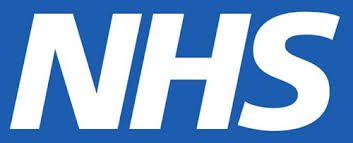Overview of the programme
The Transforming Wound Care national programme aims to ensure all patients with lower limb wounds receive evidence-based care. This is in order to achieve:
- Faster healing of wounds
- Improved quality of life for patients
- Reduced likelihood of wound recurrence
- More efficient use of health and care resources
The programme uses the evidence, learning and recommendations from the National Wound Care Strategy Programme (NWCSP).
We are working with local healthcare organisations at five initial test and evaluation sites to establish a dedicated lower limb wound service.
The three key elements of the programme are:
- People: the delivery of training to all staff supporting patients with wounds
- Processes: implementing a new evidence-based model based on the recommendations of the NWCSP
- Technology and design: supporting data collection and provision of care through a new digital wound management system
Summary of resources
Below, you will find information collated to help you learn more about this programme’s aims, impact, and wider context, including evidence and information to support your implementation.
The resources have been selected for the benefit of health and care professionals. Some information links out to third party sources, and the Health Innovation Network is not responsible for the content on those sites.
An implementation toolkit has been developed by the Transforming Wound Care team which curates information from a range of sources, to support those looking to implement the National Wound Care Strategy Programme’s (NWCSP) lower limb recommendations.







